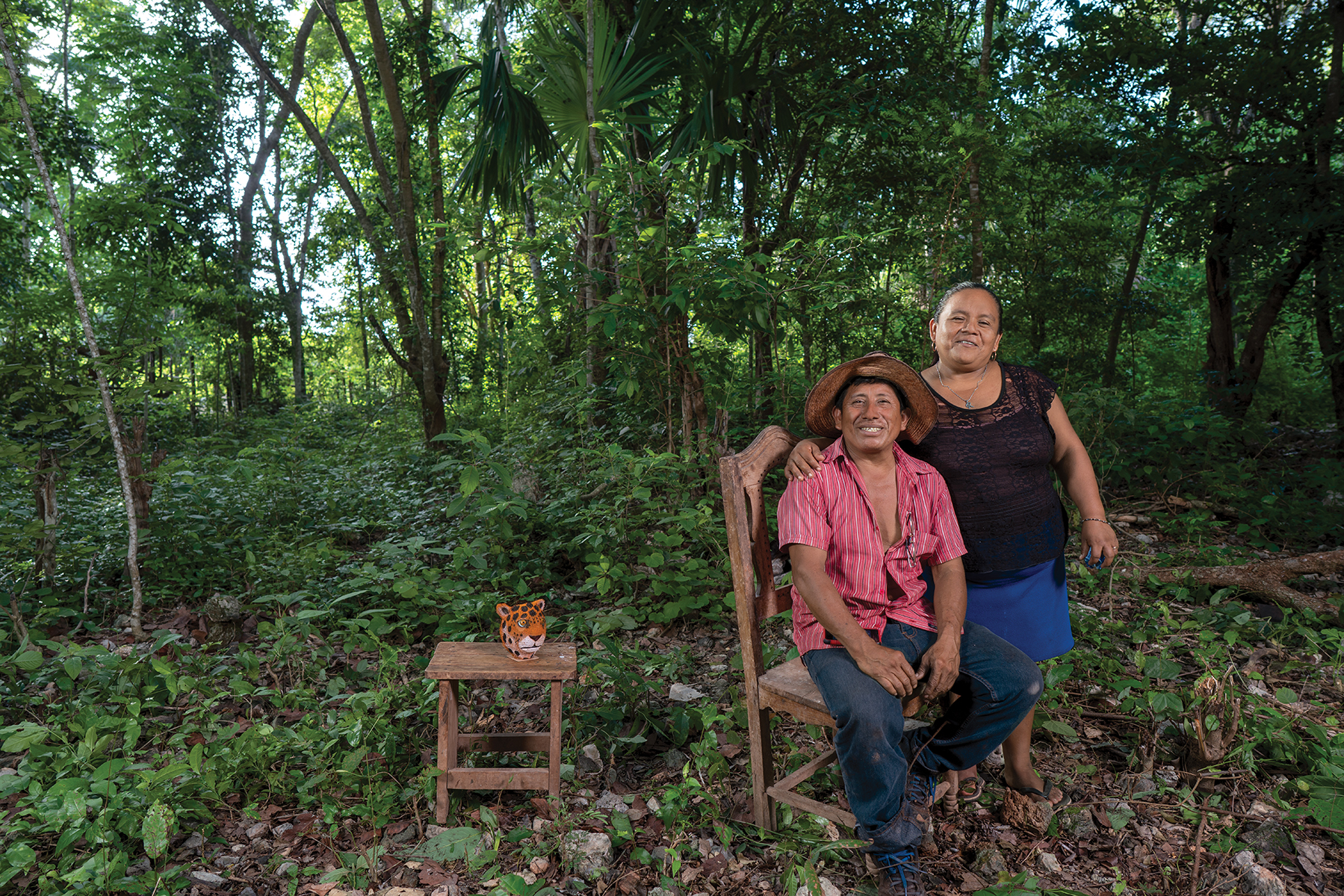Scientists from CIMMYT, founded in Mexico in 1966, have pursued decades of participatory research with Mexico’s smallholder maize farmers to improve their local varieties for traits like yield and insect resistance, while preserving their special grain quality, as well as testing and promoting zero-tillage and other resource-conserving farming practices.
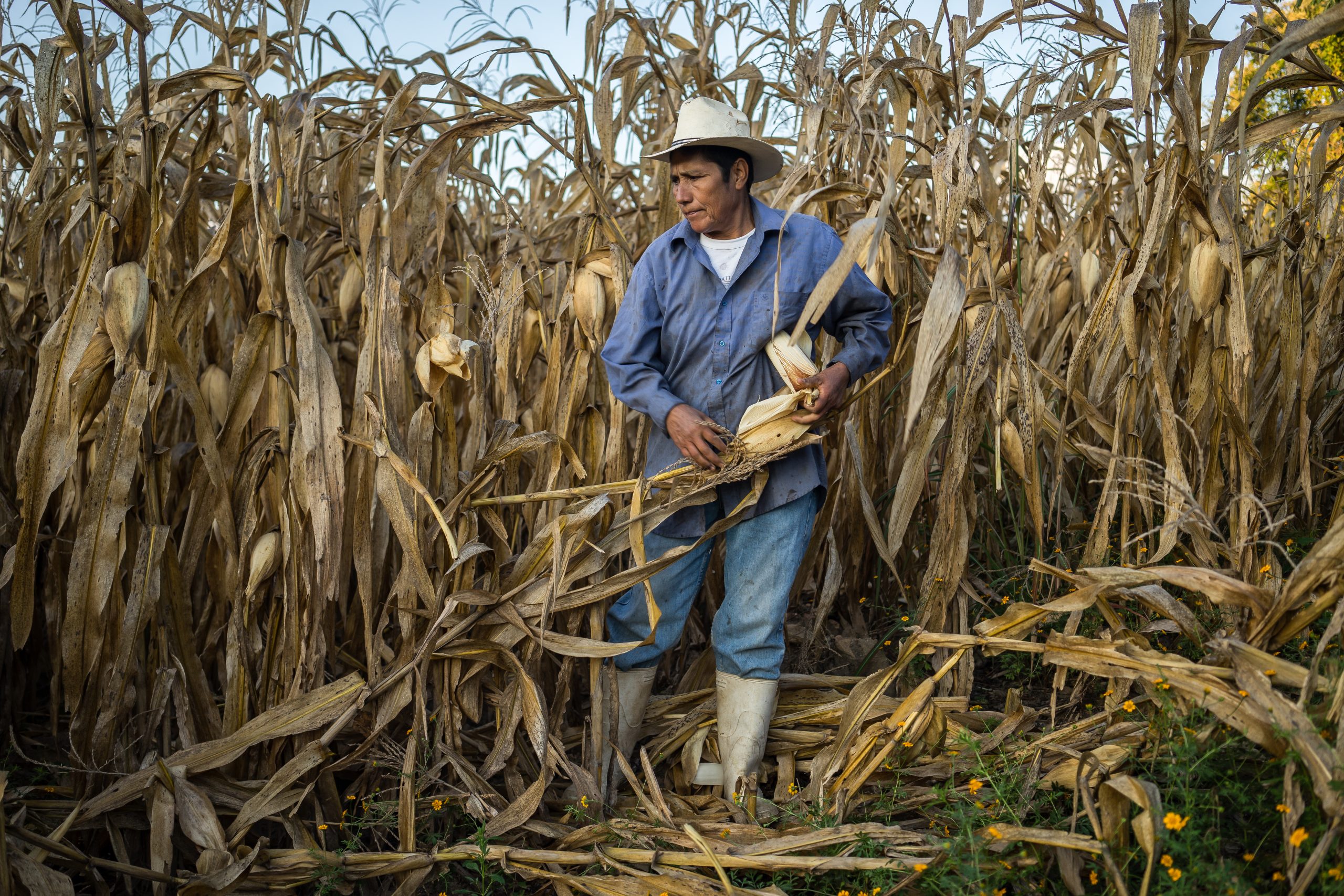
Smallholder farm operations account for more than 80% of all farms worldwide and produce roughly 35% of the world’s food, according to FAO census data and follow-up studies.
An estimated two-thirds of the Mexico’s farmers are smallholders, typically working challenging agroecologies scattered across the country’s mountainous terrain and applying generations-old subsistence practices to grow low-yielding local maize varieties.
Ancient milpa multicropping systems can lift up the present and future
The milpa intercrop — in which maize is grown together with beans, squash, or other vegetable crops — has a millennial history in the Americas and can furnish a vital supply of food and nutrients for marginalized, resource-poor communities.
One hectare of a milpa comprising maize, common beans, and potatoes can provide the annual carbohydrate needs of more than 13 adults, enough protein for nearly 10 adults, and adequate supplies of many vitamins and minerals, according to a CIMMYT-led study in the western highlands of Guatemala, an isolated and impoverished region, reported in Nature Scientific Reports in 2021.
But milpas are typically grown on much smaller areas than a hectare, so households cannot depend on this intercrop alone to satisfy their needs. A solution? Customized milpas that merge farmers’ age-old wisdom and practices with science-based innovation.
An example is planting fruit trees — guava, avocado, mango, peaches, or lime among others — among milpa crops in lines perpendicular to hill slopes. The practice was tested and promoted in the Los Tuxtlas region of the state of Veracruz by Mexico’s National Institute of Forestry, Agriculture, and Livestock Research (INIFAP) and the Colegio de Postgraduados (ColPos) and has been refined by farmers in other areas through CIMMYT-led innovation networks.
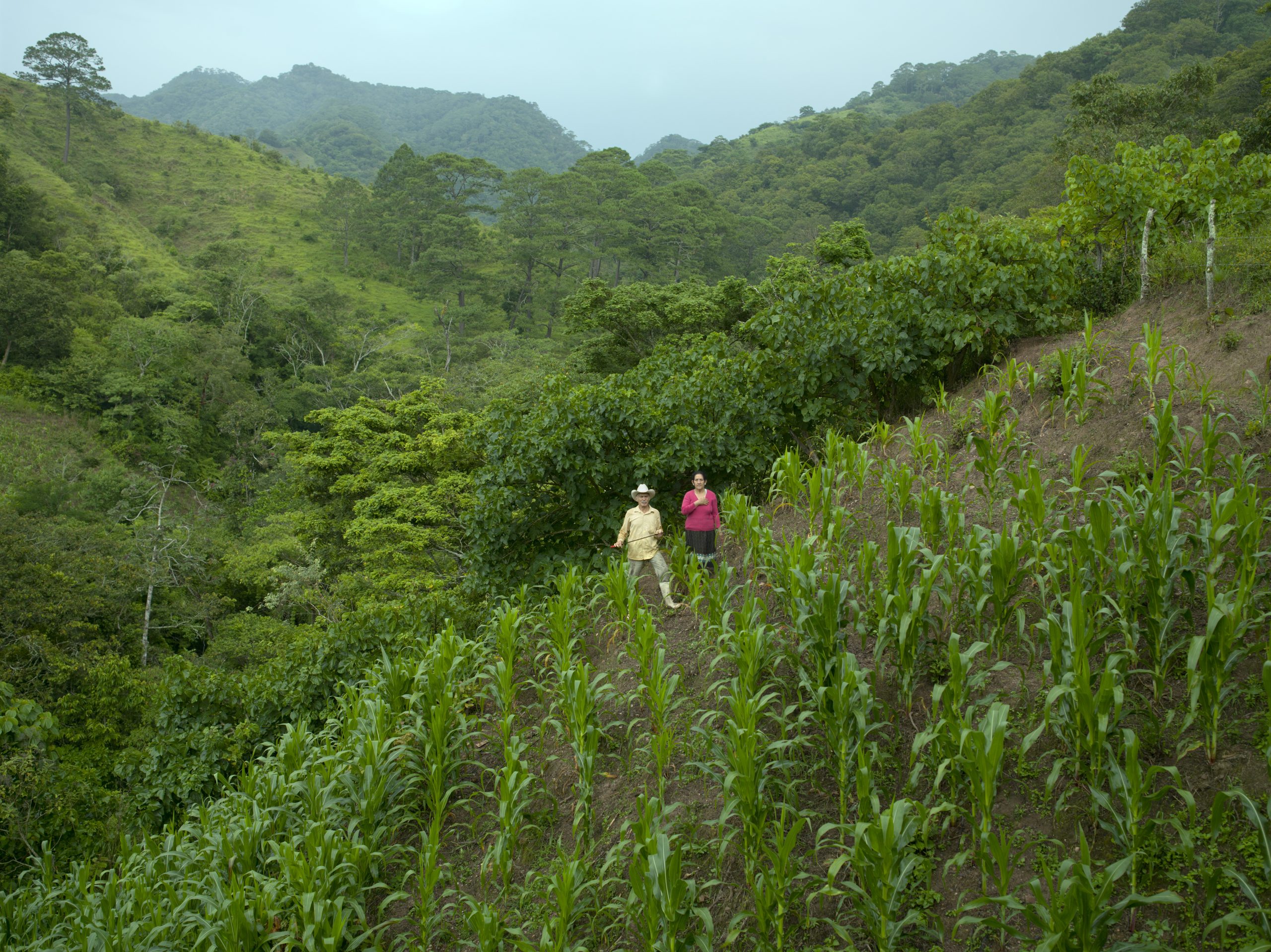
In Los Tuxtlas the practice provided added income and nutrition, dramatically reduced erosion, improved land and water-use efficiency by around 50%, and boosted soil health and fertility.
In the state of Puebla and other parts of South and southwestern Mexico, milpa-fruit tree intercrops have worked well on steep hillsides. In the state of Oaxaca, for example, versions of the practice have notably improved farming by indigenous communities in the Mixe and Mazateca regions, supported by outreach of the Mexican Agency for the Sustainable Development of Hillsides (AMDSL), a partner in a CIMMYT research hub in the region.
Research by AMDSL and CIMMYT on smallholder plots in two Oaxaca municipalities where farmers have been combining milpas with peach and avocado production and conservation agriculture practices for more than a decade found that cropping diversification, together with use of zero tillage and keeping crop residues on the soil rather than removing or burning them, raised total yearly crop outputs by as much as 1.7 tons per hectare and reduced farmers’ risk of catastrophic crop losses due to droughts or other climate extremes.
Blue maize pleases diners and delivers profits
Farmers’ local maize varieties yield less than hybrids but are still grown because they provide ideal grain quality for traditional foods, as well as marketable stalks and leaves to feed farm animals and maize husks for wrapping tamales, to name a few products.
Building on longstanding partnerships with INIFAP and the Autonomous University of Chapingo (UACh) to improve local varieties and preserve maize genetic diversity in Mexico, CIMMYT breeders have recently developed improved blue maize hybrids and open-pollinated varieties.
Sought by restauranteurs worldwide for its flavor and beauty, blue maize grain normally comes from native varieties grown by smallholder farmers on small plots with low yields and variable quality.
The new CIMMYT varieties are derived from traditional Guatemalan, Mexican, and Peruvian landraces and feature higher yields, more consistent grain quality, and enhanced resistance to common maize diseases, offering smallholders and other Mexican farmers a profitable product for the country’s booming restaurant industry and for export chains.
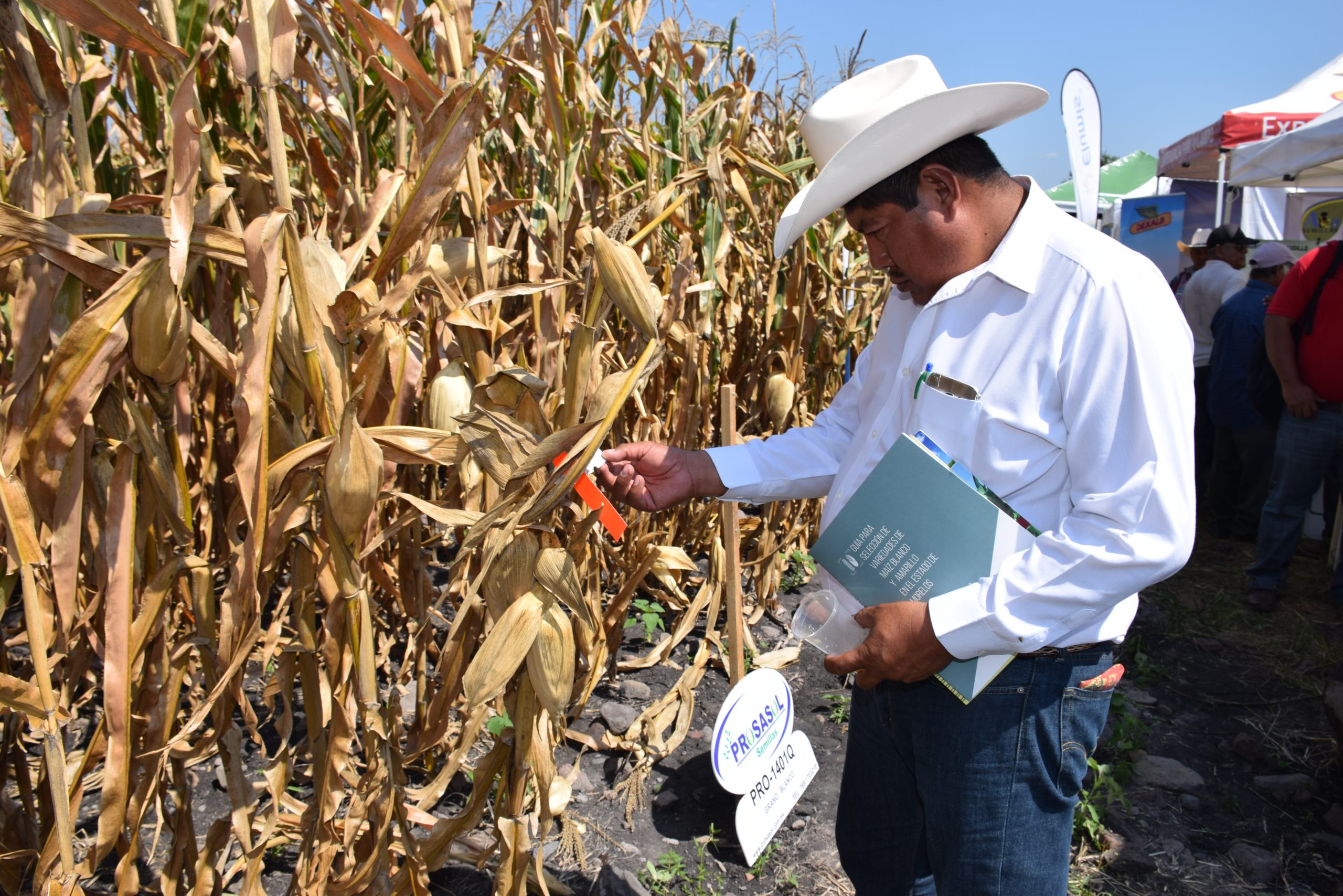
Parental inbred lines of the new hybrids have been distributed to private and public partners, who are developing their own hybrids and OPVs in Mexico. CIMMYT continues to test the new hybrids under various farming systems to ensure they produce stable yields when grown in farmers’ fields.
Data driven extension
Using cutting-edge data systems, CIMMYT has leveraged information from nearly 200,000 plots representing more than 26,000 hectares across diverse agroecologies to offer Mexican farmers — including smallholders — site-specific recommendations that make their farming systems more productive, resilient, and sustainable. The initiative was supported by MasAgro, an integrated development partnership of Mexico and CIMMYT during 2010-21 and funded by Mexico’s Secretariat of Agriculture and Rural Development (SADER).
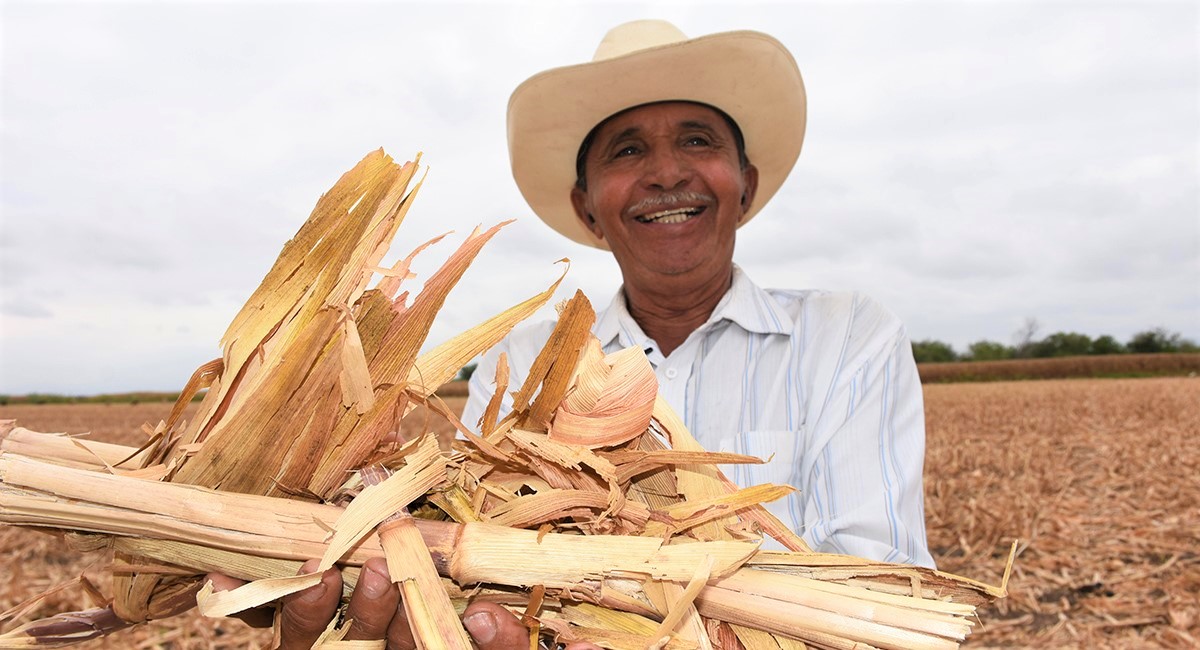
 Climate adaptation and mitigation
Climate adaptation and mitigation 